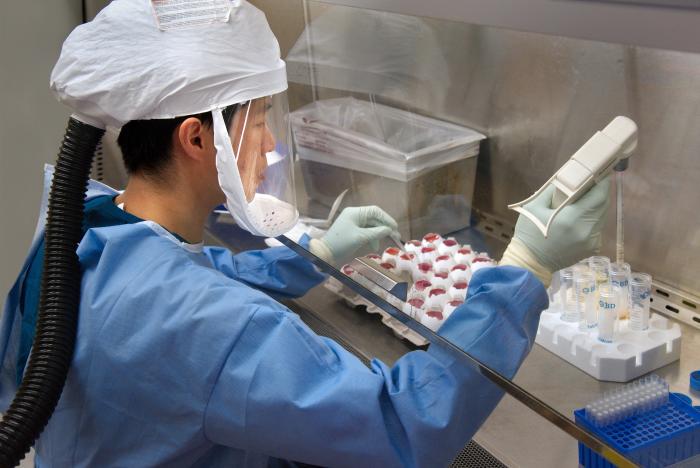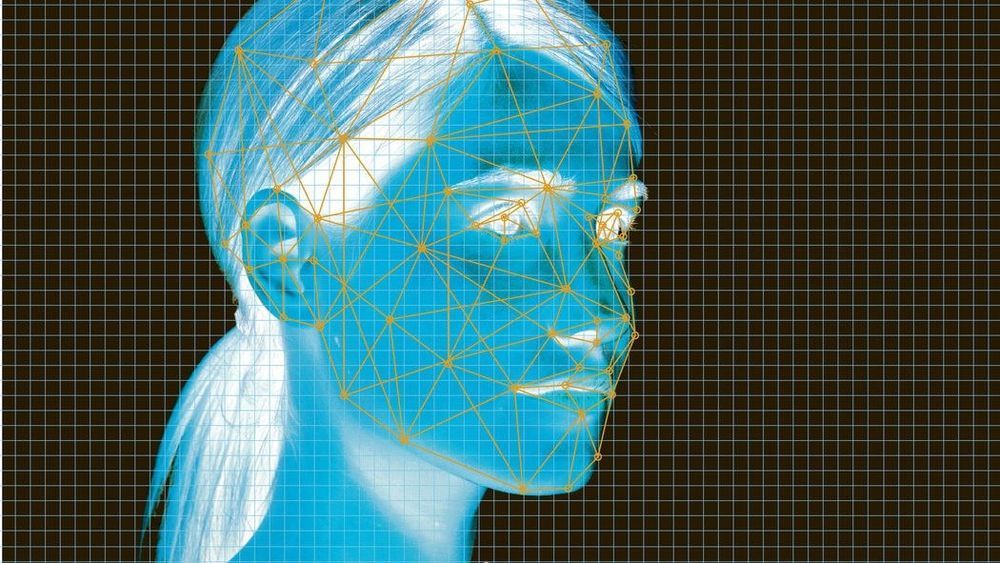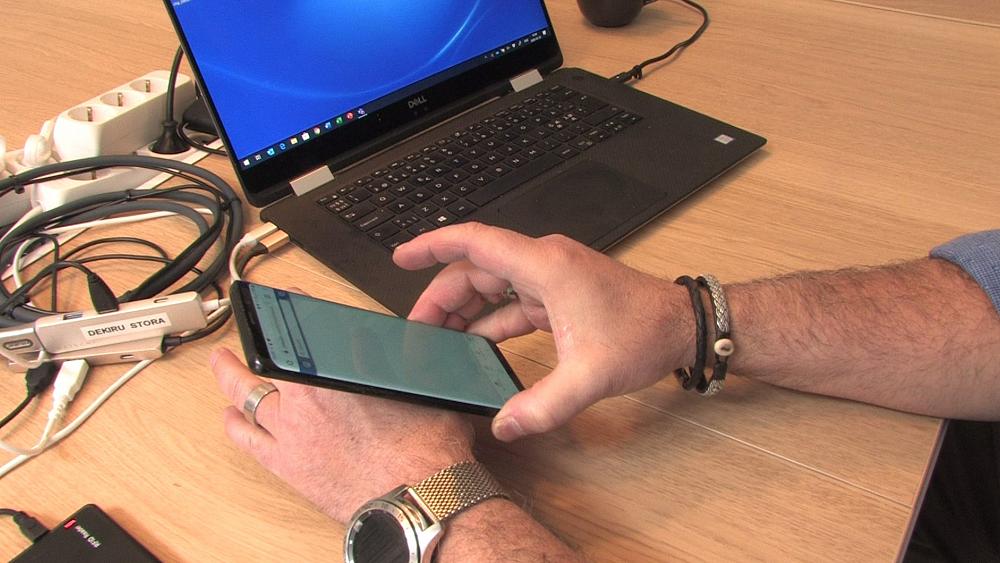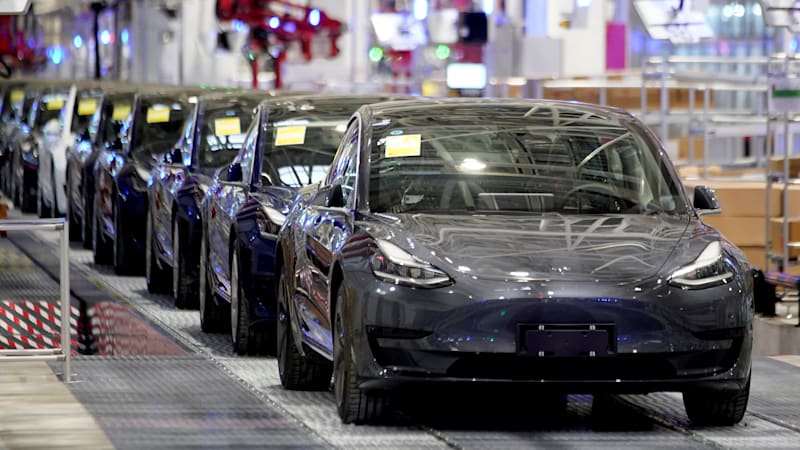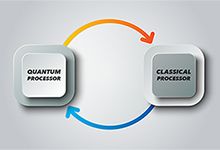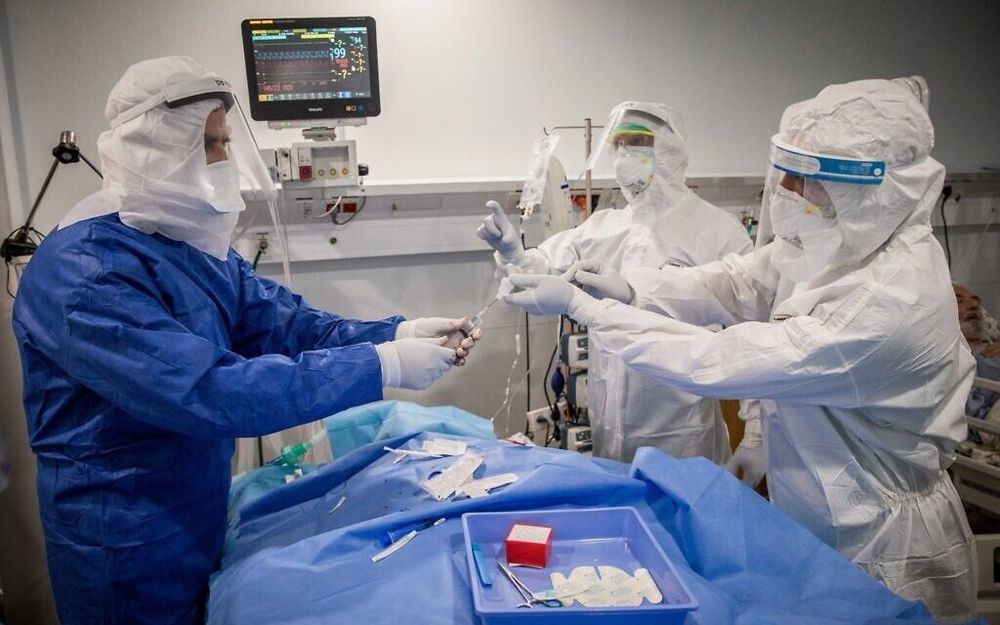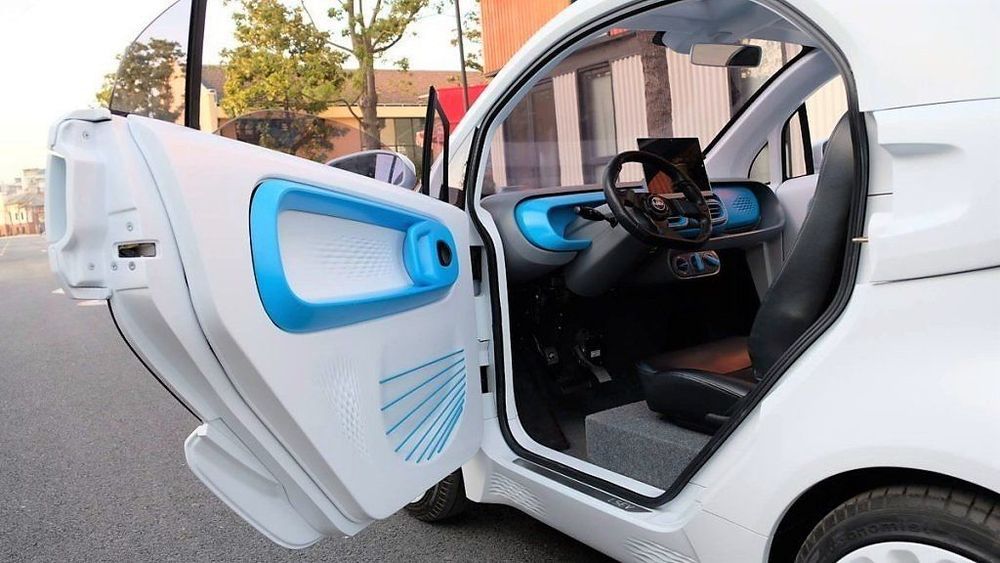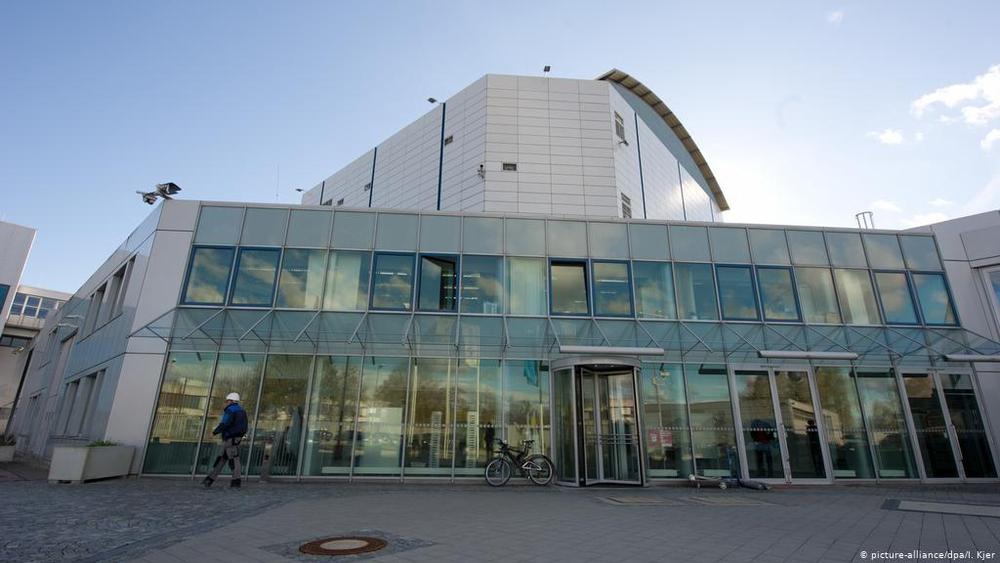A senior Chinese government official confirmed Friday that authorities ordered laboratories to destroy samples of coronavirus in early January.
Secretary of State Mike Pompeo had accused Chinese officials of ordering the samples’ destruction as part of the regime’s cover-up of the coronavirus outbreak in its early stages.
Pompeo said on April 22 that China “censored those who tried to warn the world, it ordered a halt to testing of new samples, and it destroyed existing samples.” He offered more specificity on May 6, stating that China’s National Health Commission [NHC] ordered virus samples destroyed on Jan. 3.
